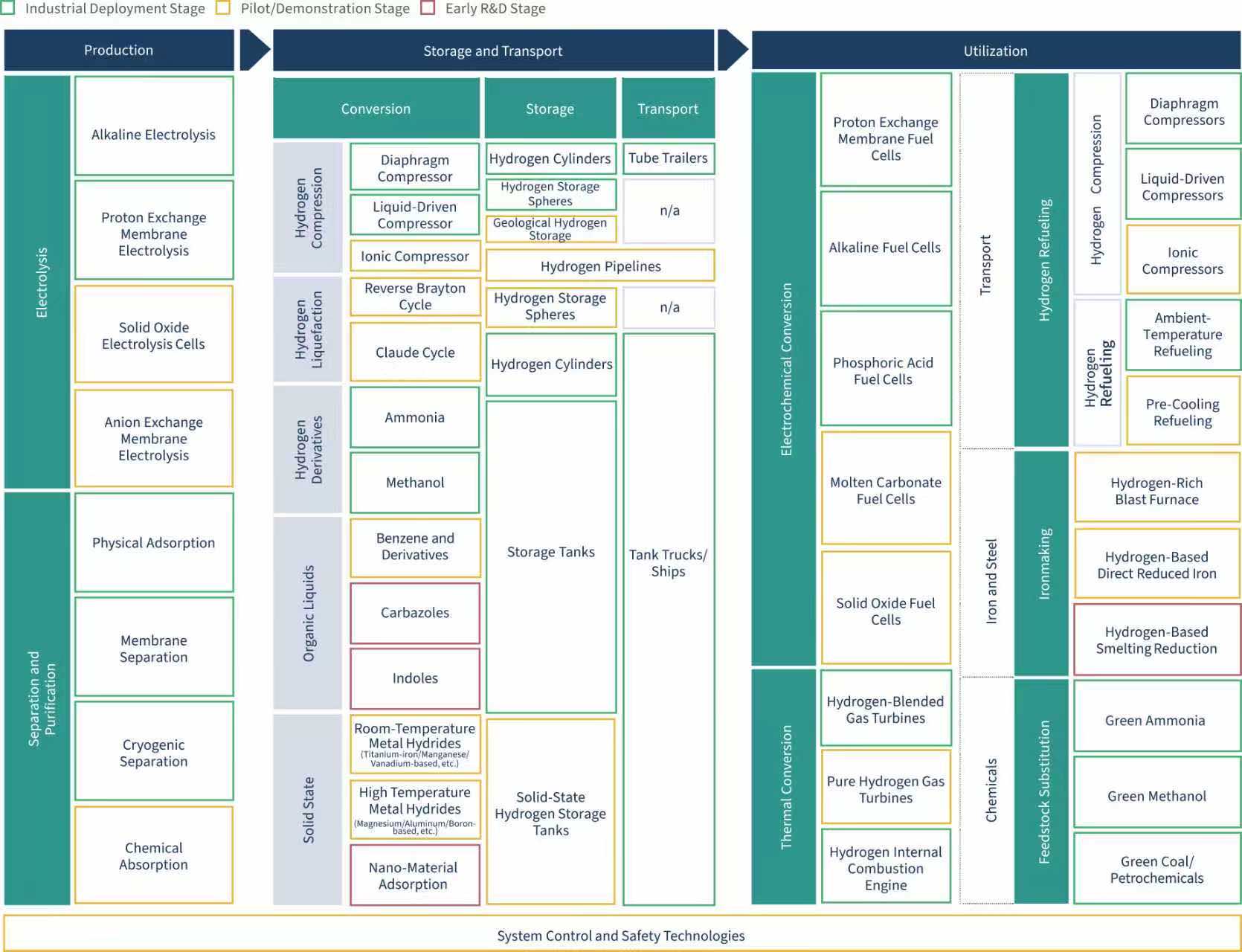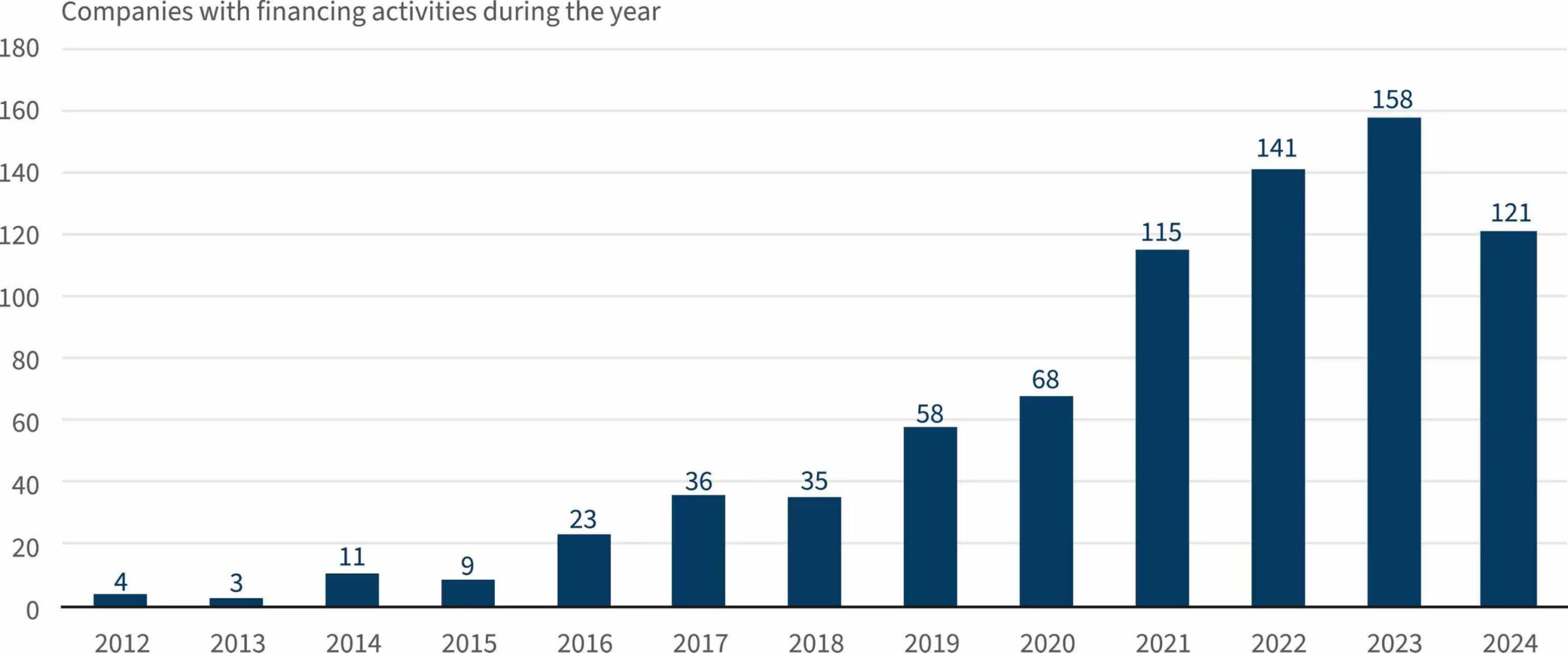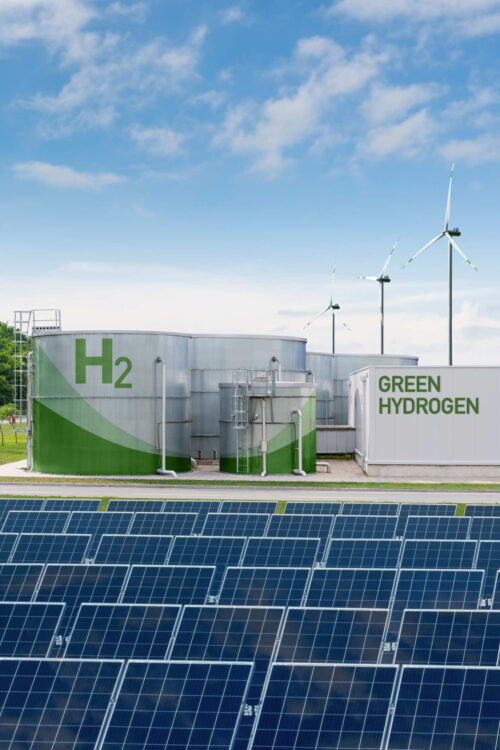This is the first report of our Climate Tech Startup Investment Thesis Series, an initiative to map out essential technology pathways and the investment landscape.
As a critical driver of carbon neutrality, green hydrogen offers viable decarbonization solutions for hard-to-abate sectors such as industry, transport, and power, and has rapidly emerged as a focus area in climate investment and finance. In China, governments and market actors are scaling up their commitments to green hydrogen, accelerating policy support, technological innovation, and commercialization. This report provides a comprehensive overview of China’s green hydrogen value chain and major technologies, pinpointing investment challenges and opportunities to empower investors to make informed decisions, helping accelerate the industry’s growth.
The green hydrogen value chain spans three main stages: production, storage and transport, and utilization, each involving diverse technical pathways. The report presents key insights on technology trends and investment opportunities across the three stages.

Production
-
Multiple technology pathways are evolving in parallel, with the market structure yet to consolidate.
-
Localization and domestic substitution of key components and materials have become a major trend among domestic electrolyzer manufacturers and upstream suppliers in China.
-
Policy incentives are pivotal to driving down costs and scaling deployment. In the short term, green hydrogen remains more expensive than conventional grey hydrogen, making targeted and well-designed policy support critical to industry growth.
Storage and Transport
-
As China’s hydrogen use expands and green hydrogen takes on a larger share of supply, demand for hydrogen storage and transport is expected to surge, accompanied by greater complexity and diversification.
-
Cross-industry technology transfer; collaboration among industry, academia, and research institutions; and international cooperation represent three crucial channels for early-stage innovation in hydrogen storage and transport.
-
China’s hydrogen storage and transport sector is entering a critical stage of scaling up from demonstration to commercialization.
Utilization
-
Factors such as end-use efficiency, retrofit costs, and profitability strongly influence the competitiveness of green hydrogen in various applications.
-
Fuel cell vehicles show unique advantages in long-haul, off-route, and heavy-duty transport scenarios. Continuous technological improvement and economies of scale are key to driving rapid growth in hydrogen mobility.
-
Green hydrogen is one of the most practical decarbonization solutions for hard-to-abate industrial sectors such as steel and chemicals. Ensuring large-scale, stable, and cost-competitive hydrogen supply is fundamental to unlocking industrial demand.
Over the past decade, the number of companies securing funding has continued to rise, with growth accelerating notably after 2020. Green hydrogen startups remain a vital growth engine in the energy transition and still have significant room to expand.

However, investment in green hydrogen startups also carries substantial uncertainty. The report highlights three main sources of risk for investors in the green hydrogen market: technology development, business operations, and capital market dynamics.
Overall, technologies along the green hydrogen value chain continue to offer strong investment potential. For investors, a combination of robust policy support, rising market demand, and continuous innovation is creating new opportunities across the industry. For startups, the market outlook is promising but increasingly competitive. To stand out and attract capital, companies will need to advance their own technologies, accelerate commercialization, and strengthen collaboration and resource integration across the ecosystem.
ChatGPT was used to translate certain content of this report from Chinese to English. The AI-generated draft was proofread and edited by the authors and the edit team.

